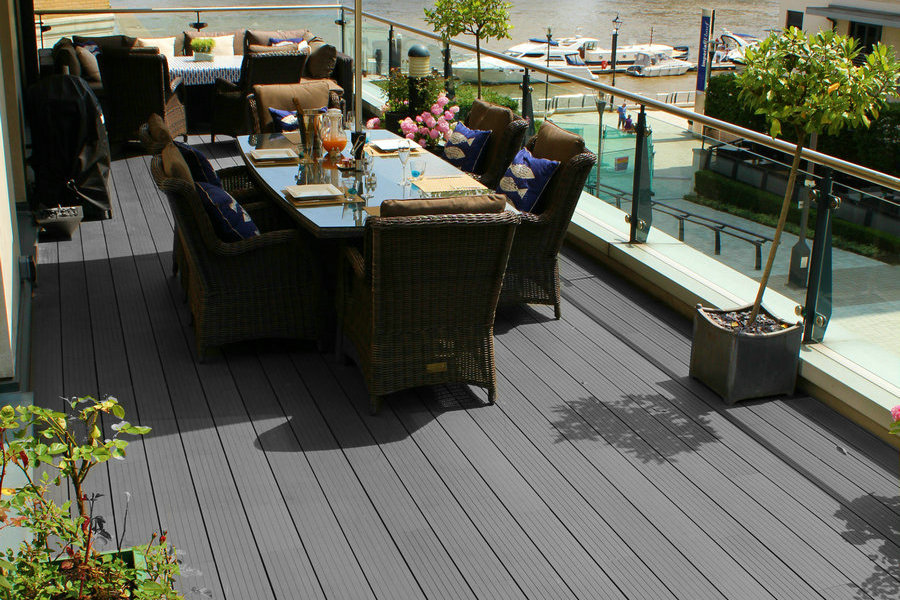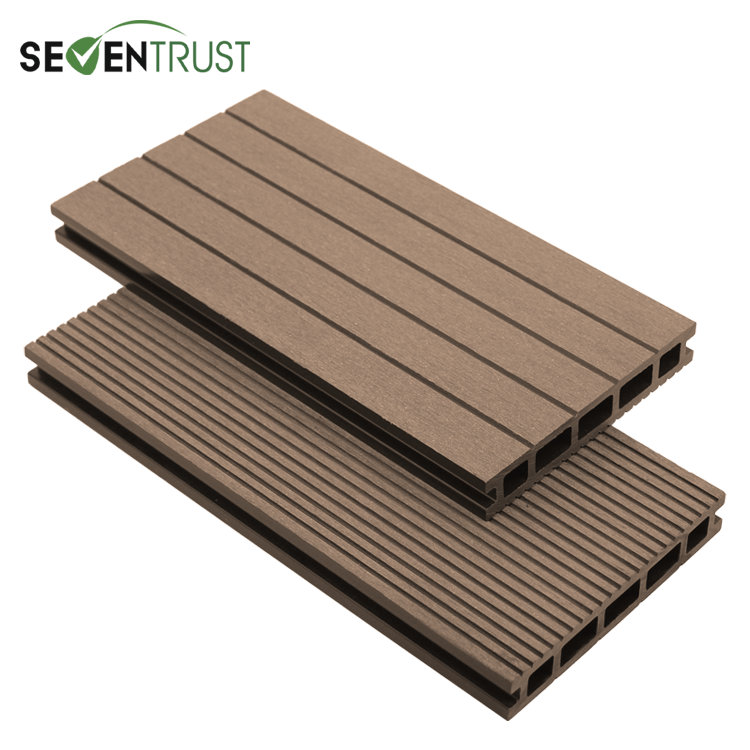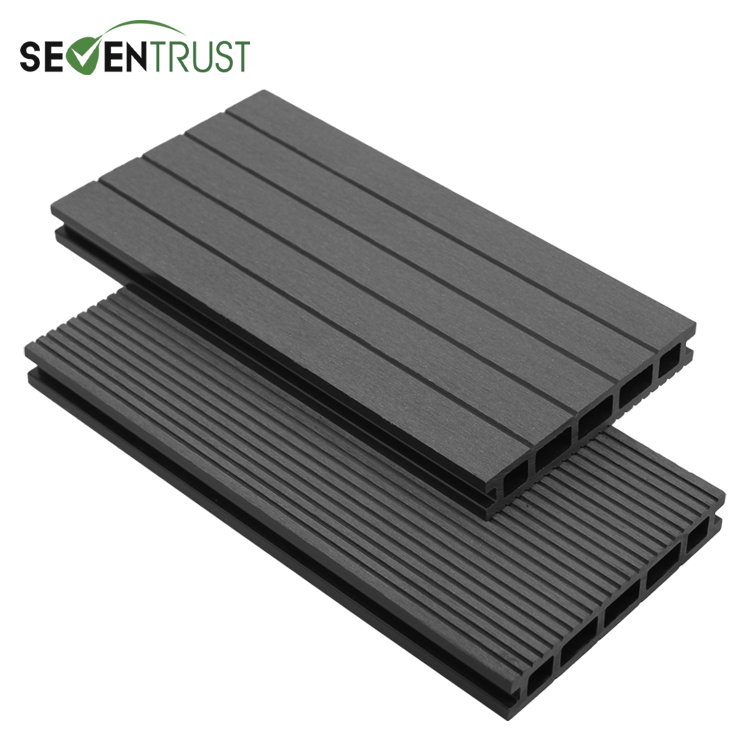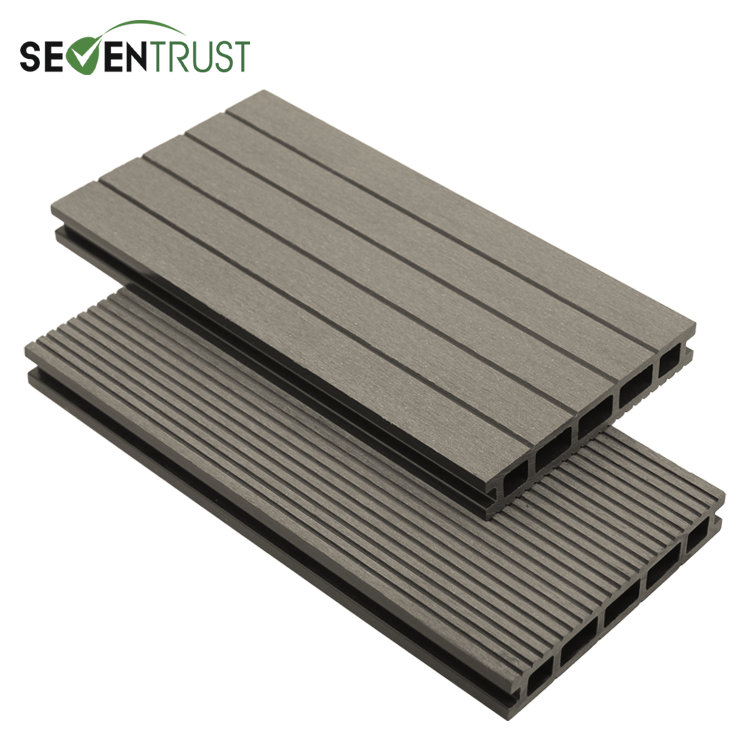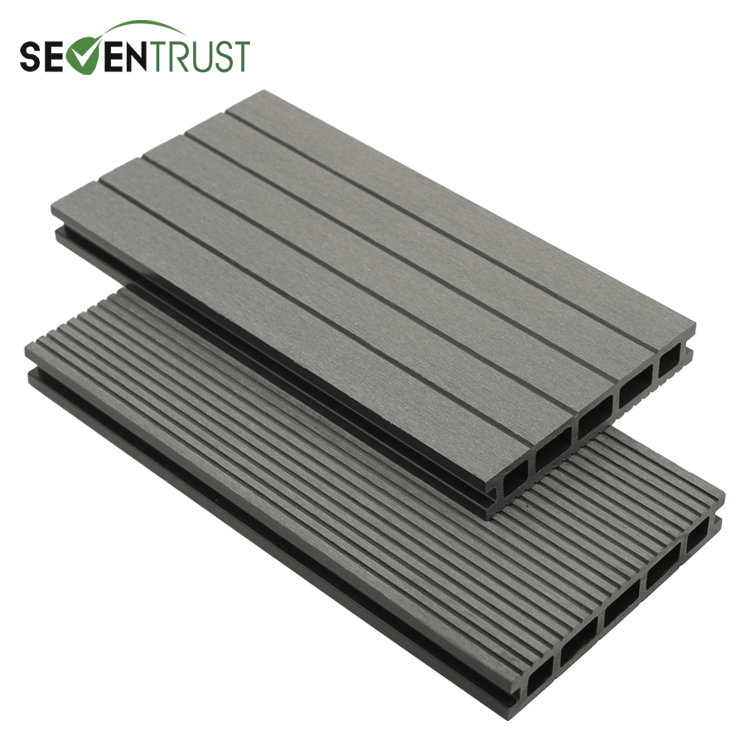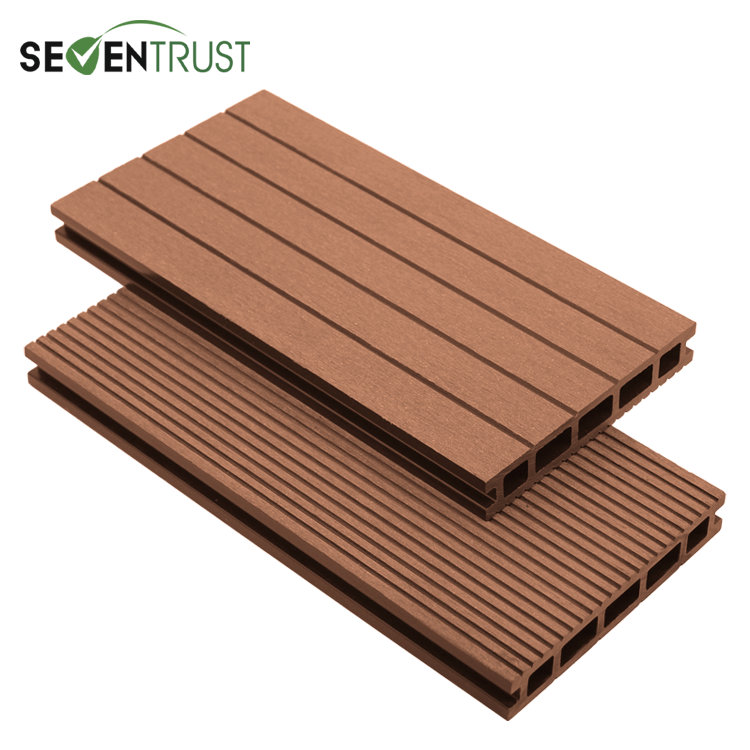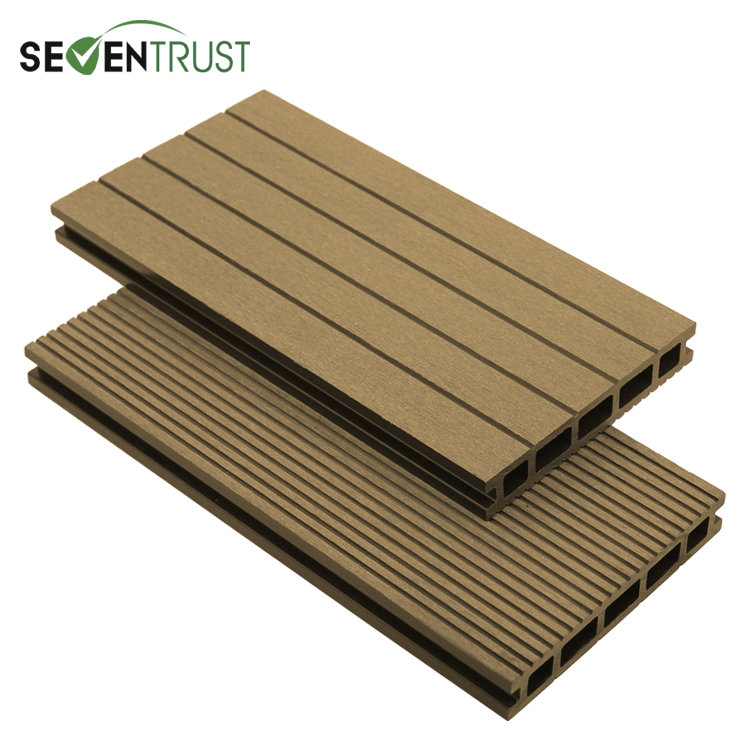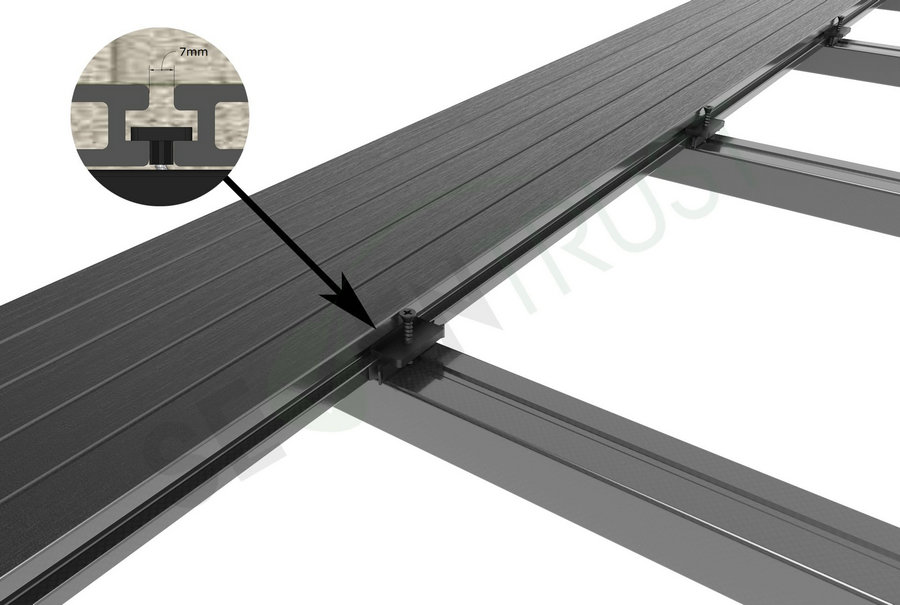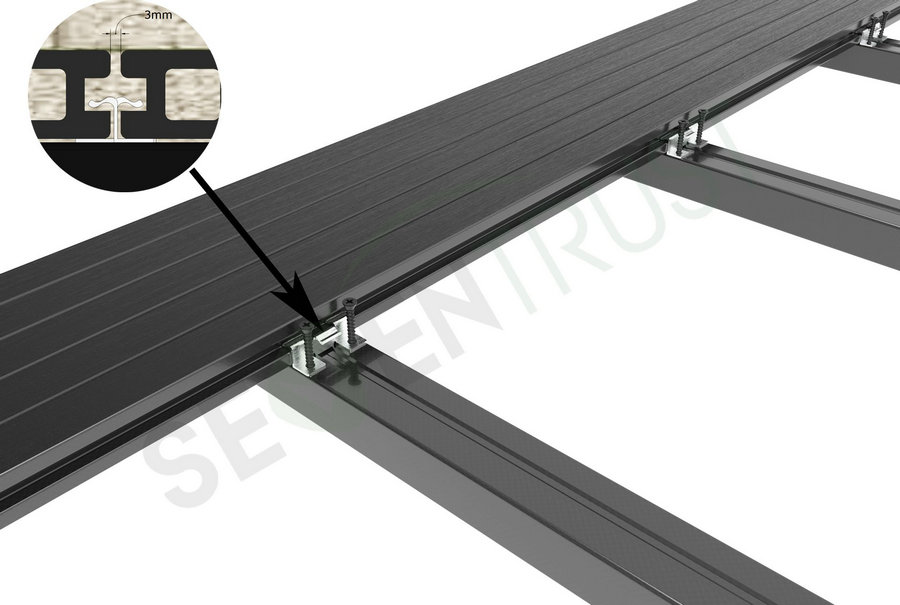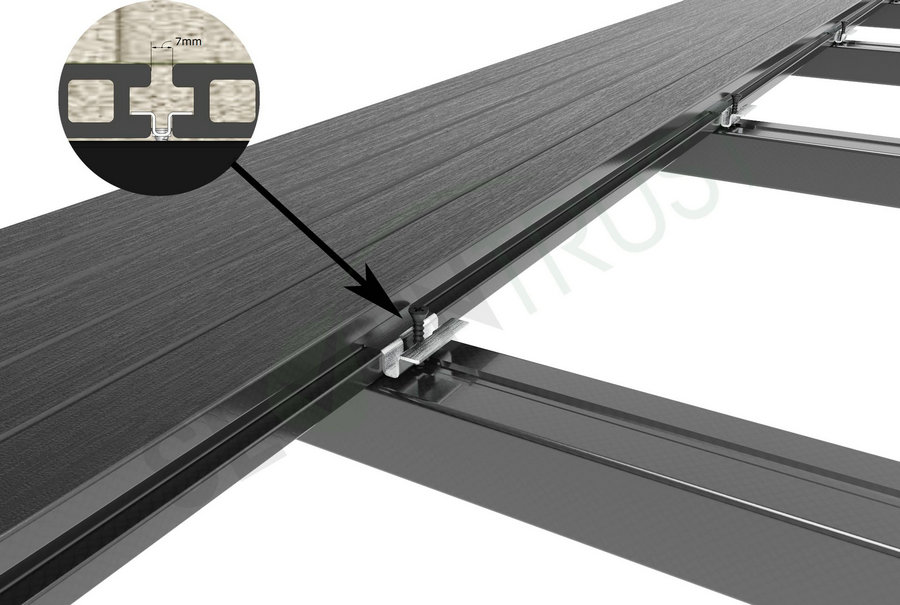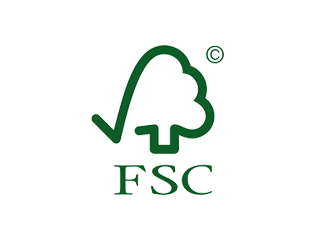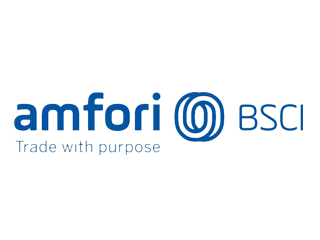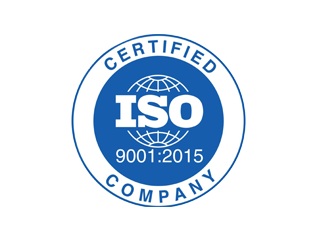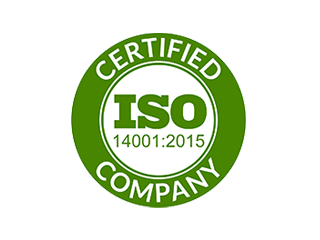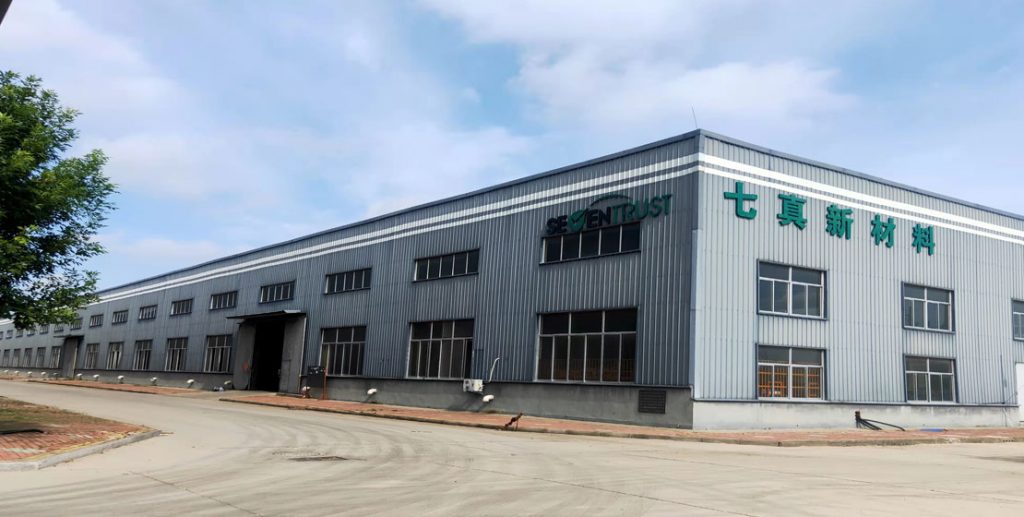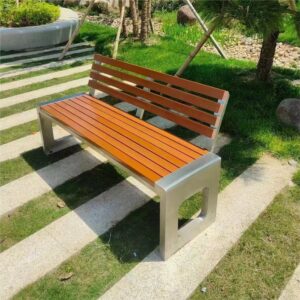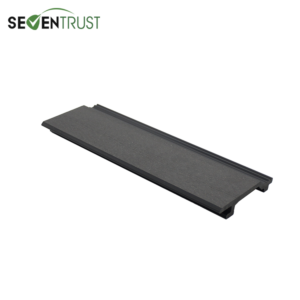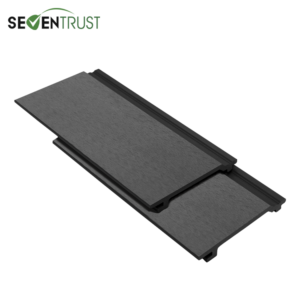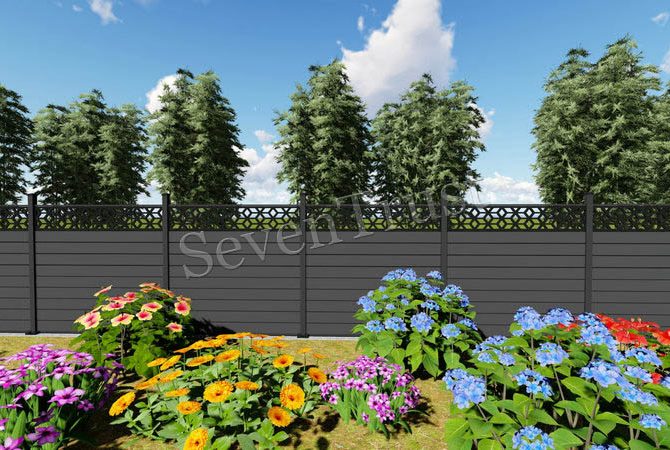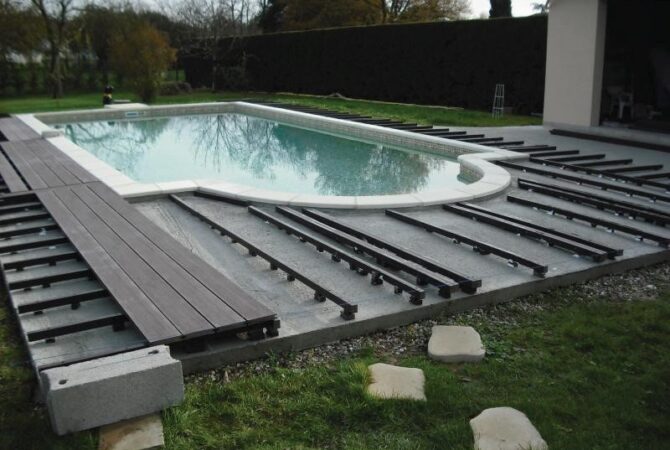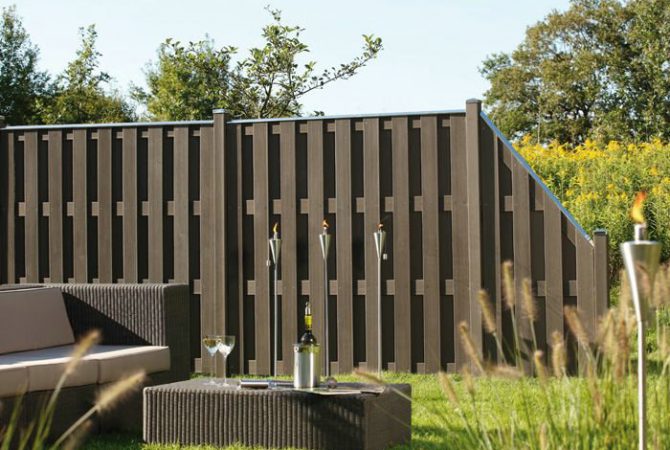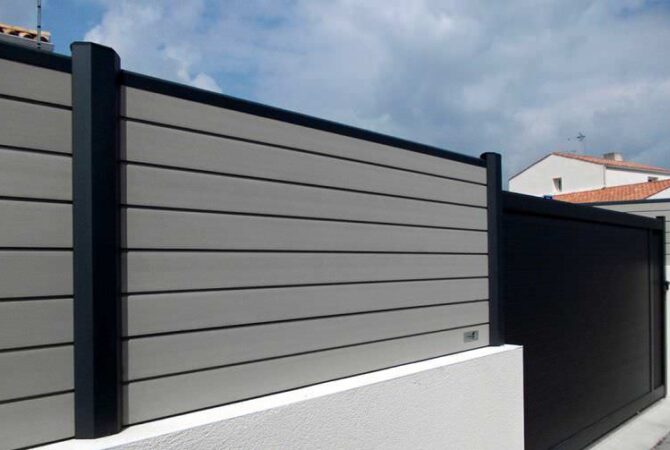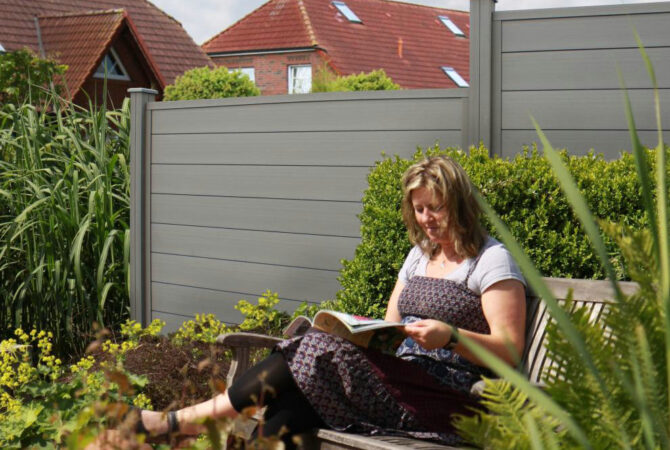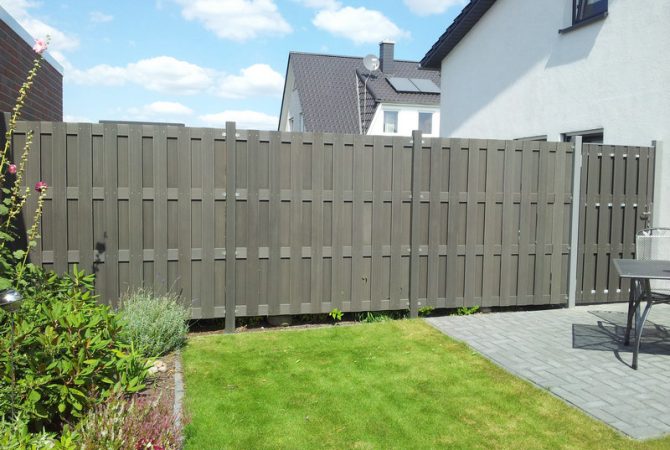Wood-plastic decking (also known as Wood Plastic Composite or WPC decking) is becoming increasingly popular. This is due to several factors, including its durability, low maintenance requirements, and environmentally friendly properties. WPC decking is made from a combination of wood fibers and plastic, which makes it resistant to moisture, insects, and weather damage. It is also easy to clean and maintain, making it an attractive option for homeowners and businesses alike. Additionally, WPC decking is often made from recycled materials, making it a more sustainable choice compared to traditional flooring materials like hardwood or carpet. With its combination of durability, low maintenance, and environmental sustainability, it is no wonder that WPC decking is becoming a more popular choice among consumers.
ST-150H25 WPC Decking Product Description
Name | ST-150H25 ECO Composite Decking |
Brand Name | SEVEN TRUST |
Size | 150mm x25mm |
color | Teak,Redwood,Light grey,Dark grey,Chocolate,Grey white... |
Features | Waterproof, anti corrosive, anti slip, mildew proof |
Profiles | Hollow WPC Decking |
Package | Pallet |
Warranty | More than 5 years |
Lifetime | more than 25 years |
Application | Park Deck, Veranda Deck, Swimming pool Decking |
Surface treatments | Sanding, groove, embossed |
MOQ | 200 Square Meter |
WPC Component | 55% wood fiber, 35% HDPE, 10% additives |

What Are The Main Advantages Of WPC products?
WPC (Wood Plastic Composite) products have several key advantages, including:
- Durability: WPC products are designed to be long-lasting and resistant to weather, moisture, insects, and other environmental factors.
- Low maintenance: Unlike traditional wood products, WPC products do not require regular staining, sealing, or painting, making them a low-maintenance option.
- Environmental sustainability: WPC products are often made from recycled materials, which makes them a more environmentally friendly choice compared to traditional building materials.
- Resistance to fading and staining: WPC products are resistant to fading and staining, which helps to maintain their attractive appearance over time.
- Versatility: WPC products can be used in a variety of applications, including decking, fencing, cladding, and flooring, making them a versatile building material.
- Affordability: Compared to traditional building materials like hardwood, WPC products are often more affordable, making them a cost-effective option for many homeowners and businesses.
- Natural-looking appearance: WPC products can be designed to mimic the look and feel of natural wood, which makes them an attractive option for those who want the natural look of wood without the maintenance and environmental impact associated with traditional wood products.
In summary, WPC products offer a range of advantages, including durability, low maintenance, environmental sustainability, resistance to fading and staining, versatility, affordability, and a natural-looking appearance. These factors make WPC products an attractive option for many homeowners and businesses.
The difference between WPC hollow decking and solid decking
WPC (Wood Plastic Composite) decking can be manufactured in either a hollow or solid form. The main difference between the two types of WPC decking is the way they are constructed.
WPC Hollow Decking: Hollow decking is manufactured with a hollow core, which helps to reduce weight and material costs. This type of decking is often favored for its lightweight and easier installation process. However, the hollow core can make the decking less rigid and more susceptible to damage over time.
WPC Solid Decking: Solid decking is manufactured with a solid core, which provides added strength and stability. This type of decking is often favored for its increased durability and resistance to wear and tear. However, solid decking is typically more expensive and heavier than hollow decking.
In summary, the main difference between WPC hollow decking and solid decking is the way they are constructed. Hollow decking is lighter and more affordable, but less rigid and more susceptible to damage. Solid decking is stronger and more durable, but heavier and more expensive. When choosing between the two, consider factors such as weight, durability, and cost, as well as your specific needs and preferences.

